An ageing population has shifted global demographics, in turn creating demand for diverse professionals who possess both the knowledge of ageing consumers’ interests and characteristics, and the necessary skills to adapt to their service and product needs. Incorporating ageing-related content into curricula has been found to be effective in enabling students in diverse disciplines to acquire the knowledge necessary to meet these changing societal needs, which place universities in a critical position to respond to ageing populations through new approaches in teaching, research, and community engagement.
In support of the cultivation of gerontology education and workforce development, the Geron-Infusion Education (GIE) initiative was jointly developed and implemented in September 2018 by the Hong Kong Polytechnic University under the Infusion Active Ageing Education project (GIE-IAAE) and the University of Hong Kong under the Campus Ageing Mix Project for University Students (GIE-CAMPUS). The GIE initiative adopted a ‘soft-socialisation approach’, encouraging academic staff to bring active ageing content into their curricula, while also integrating research into the process of feasibility testing and emphasizing the systematic evaluation of impact at the individual, departmental, and institutional levels.
Research objectives
1) Identify and form a group of scholar leaders in the university to initiate Geron-Infusion activities through innovative programmes.
2) Test the feasibility of the ageing infusion approaches to equip students with gerontology knowledge and skills.
3) Promote the integration of gerontology (active ageing infusion education) into formal curricula in different disciplines at the university.
4) Enhance the university’s institutional capacity to identify innovative ways to nurture future academic and social leaders to face an ageing society in Hong Kong and globally.
Geron-Infusion education models
In this 2-year pilot study, two theoretical GIE models were developed and tested, each designed to suit the institutional context of PolyU and HKU respectively.
An action-oriented approach, the PolyU IAAE model encompasses four sequential components: 1) Identification of academic champions, who are taught the benefits and value of the approach in promoting their application of ageing-related knowledge and skills in their disciplines; 2) Active infusion of related educational content into course curricula, with gerontology experts and academic champions co-creating inter-generational and discipline-specific educational activities; 3) Activity implementation; and (4) Evaluation.
Taking on an evidence-based approach, the GIE-CAMPUS presents Geron-Infusion in a three-tiered concentric model, extending outward from curricular, to institutional, then societal. At the curricular level are four pillars: 1) intergenerational contact-based education, 2) multilayer, nested teaching and learning activities; 3) collaborative leadership, and 4) stakeholder partnership. The next tier emphasizes four aspects of institutional buy-in: 1) mission and vision alignment, 2) supportive educational infrastructure, 3) faculty champions engagement, and 4) student upholding. Finally, the societal tier refers to the societal impacts of population ageing. Six strategies were used to aid the implementation of the GIE-CAMPUS model: 1) a community-based participatory approach, 2) accumulating good practice and reusable teaching and learning resources, 3) maintaining relationships and communication with stakeholders, 4) partnering and co-creating with champions on innovative curricular activities, 5) university and departmental leadership buy-in, and 6) sustaining and motivating Geron-Infusion with additional resources.
Evaluation Methodology
Faculty were identified and nurtured to take on the role as leaders and champions of the GIE project, who through in-depth interviews, evaluated changes in learning outcomes and curricula throughout the initiative.
Pre- and post- course questionnaires were administered to students to evaluate the effectiveness of GIE, which targeted four factors: 1) knowledge about ageing measured by Palmore’s Facts on Ageing Quiz, 2) gerontological skills, 3) attitude towards older people measured by the Chinese version of Kogan’s Attitude Toward Older People, and 4) professional interest in working with older people.
Exploring impact beyond the institutional setting, a “Productive Interactions” framework was developed to assess the societal impacts of GIE by measuring the direct and indirect interactions between different stakeholders. An interaction is considered productive when it leads to efforts by stakeholders to apply their research to broader societal goals.
Results
Together, the PolyU IAAE and HKU CAMPUS engaged 18 faculty members from 11 disciplines, who integrated ageing-related content into 13 courses. Faculty champions gave positive feedback towards GIE regarding its relevance and benefits, expressing enthusiasm towards a continued improvement and implementation of GIE in their respective courses.
Between 2018 and 2020, the GIE reached a total of 643 students, of which 396 completed both pre- and post-course questionnaires, resulting in a response rate of 61.6%. Results from both institutions indicate that after the implementation of GIE, significant improvements were observed in gerontological skills, attitudes towards older people, and professional interest in working with older people. The two-year project enhanced opportunities for students to experience ageing-related teaching and learning, as well as to have direct contact with older adults and community stakeholders. The GIE had equipped students to become competent workforce professionals in an ageing society, and has strengthened the formal curricula of different academic departments in ways that align with ongoing socio-demographic changes.
Beyond infusing active ageing content and teaching methods into curricula, the initiative involved the placement of over 200 older adults into formal teaching and learning settings. This has fostered collaboration with local communities, including elderly services agencies, NGOs, industries, enterprises, secondary schools, and the general public, as well as regional and international organisations and research networks.
More broadly, research teams, faculty champions, and senior champions have successfully nurtured ageing literacy by accumulating innovative teaching and learning resources through the GIE. Resulting is the institutionalisation of gerontological competencies through the launch of a new Common Core cluster and transdisciplinary minor, The Human Lifespan.
Conclusion
The GIE is the first initiative in the world to use an ageing-infusion education approach to bring active ageing content into a diverse range of disciplinary curricula at higher institutions. The GIE pilot implemented at PolyU and HKU achieved all four of its objectives, and has made significant progress in increasing sensitivity, interest, and exposure to Geron-Infusion, as well as in advancing the leadership and capacity of tertiary institutions to respond purposefully to an ageing demographic worldwide. Both qualitative and quantitative data provide evidence in support of the GIE project’s impacts on faculty, students, institutions, and the community.
Tested under two different institutional contexts with varying levels of institutional and faculty management buy-in, the success of the two piloted GIE models—IAAE and CAMPUS—demonstrate its viability as pragmatic frameworks for Geron-Infusion curricula. Findings from students and faculty members demonstrate that both models are effective to some extent, yet highlight the importance of adaptability to the institutional context and capacity.
Contributing to its success, the PolyU IAAE and HKU CAMPUS overlapped in three factors: 1) co-creation of Geron-Infusion activities by the research team and faculty champions; 2) bringing older citizens into the classroom, whereby students have direct, personal, and positive contact with older people; and 3) building partnerships with diverse local stakeholders including professional parties, enterprises, community agencies, and organisations.
Identified challenges that impede the GIE’s ability to succeed include faculty resistance to the concept or the execution of Geron-Infusion education, low response from students in data collection, management of senior champions, and civil unrest and turbulence due to the 2019 social movements and the COVID-19 pandemic. Although some faculty members endorsed the continuation of Geron-Infusion in their future curricula, it is uncertain how long it can be sustained due to faculty and course coordinator turnover, unprecedented situations, declining faculty buy-in, and/or competing priorities. Moreover, rather than engaging with faculty members individually, knowledge and experience sharing should be encouraged between faculty champions, strengthening interconnections and communication among GIE participants within and across different universities.
Consolidating identified good practices, a public online teaching and learning e-toolkit on Geron-Infusion education has been developed to support faculty members from different disciplines in designing and downloading their self-created Geron-Infusion education plans. In addition to sharing insight on feasibility, implementation strategies, benefits, and impacts to the various stakeholder groups in Hong Kong and international networks, the GIE initiative can also bring together global initiatives for identifying and refining future Geron-Infusion and age-inclusive approaches in higher education in Asia and worldwide to meet the opportunities and challenges of ageing populations.
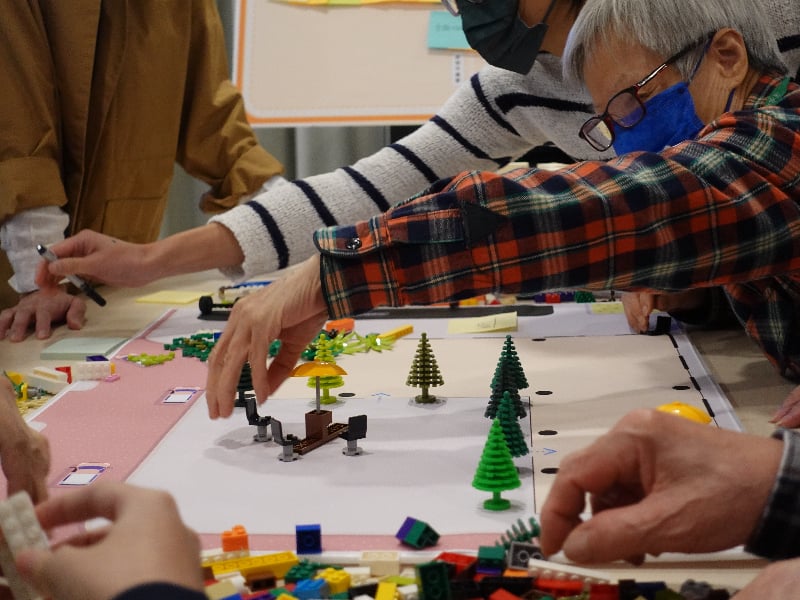







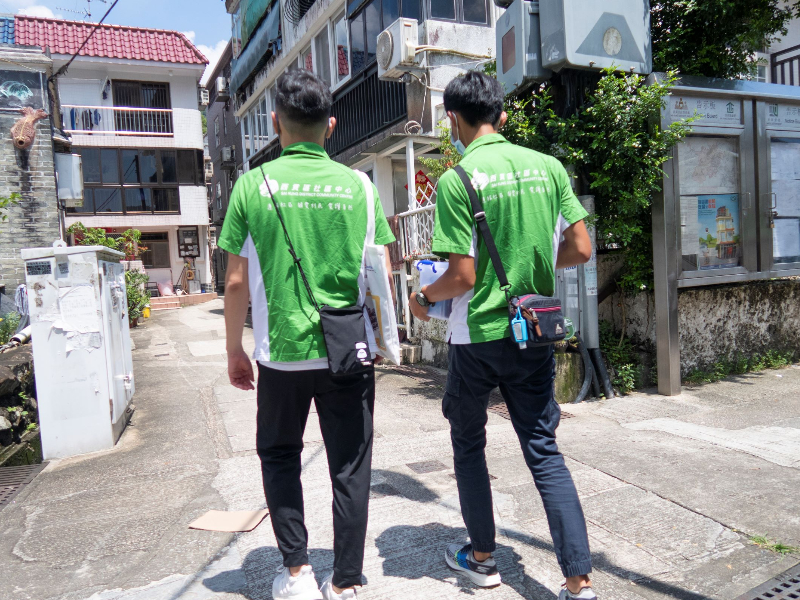








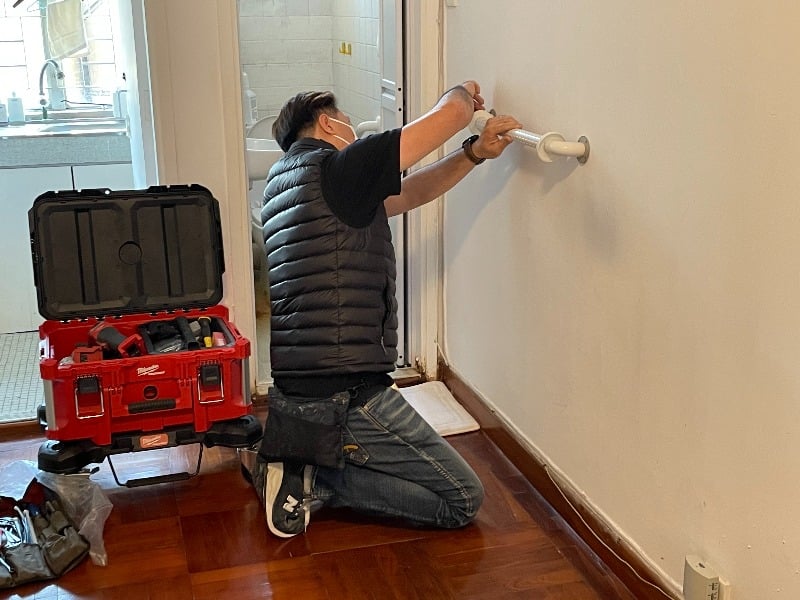
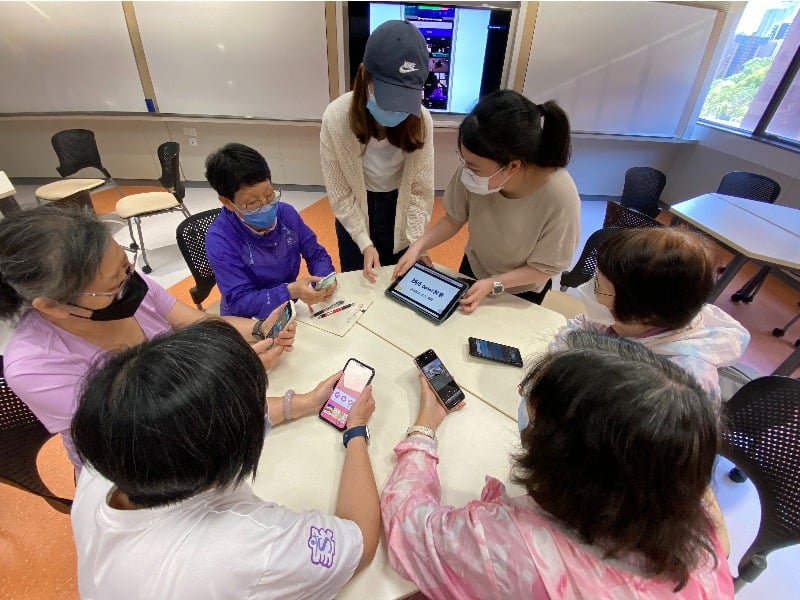
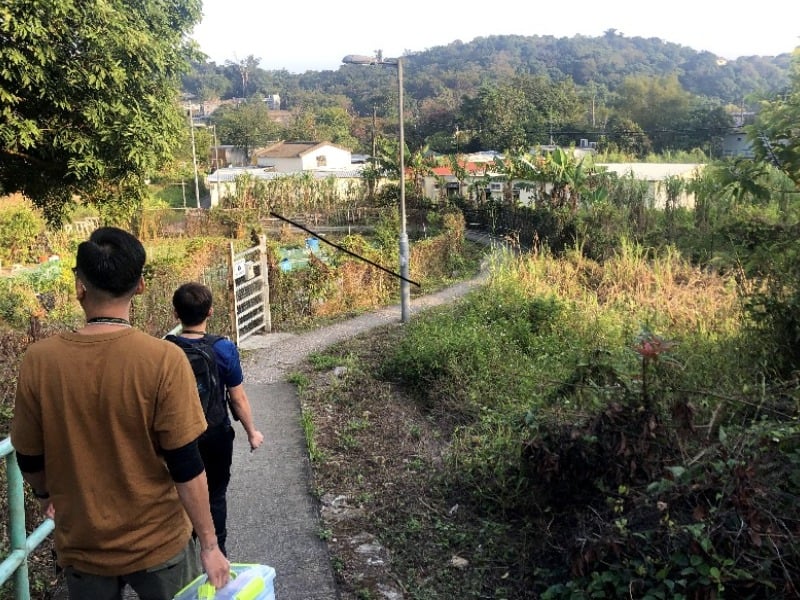
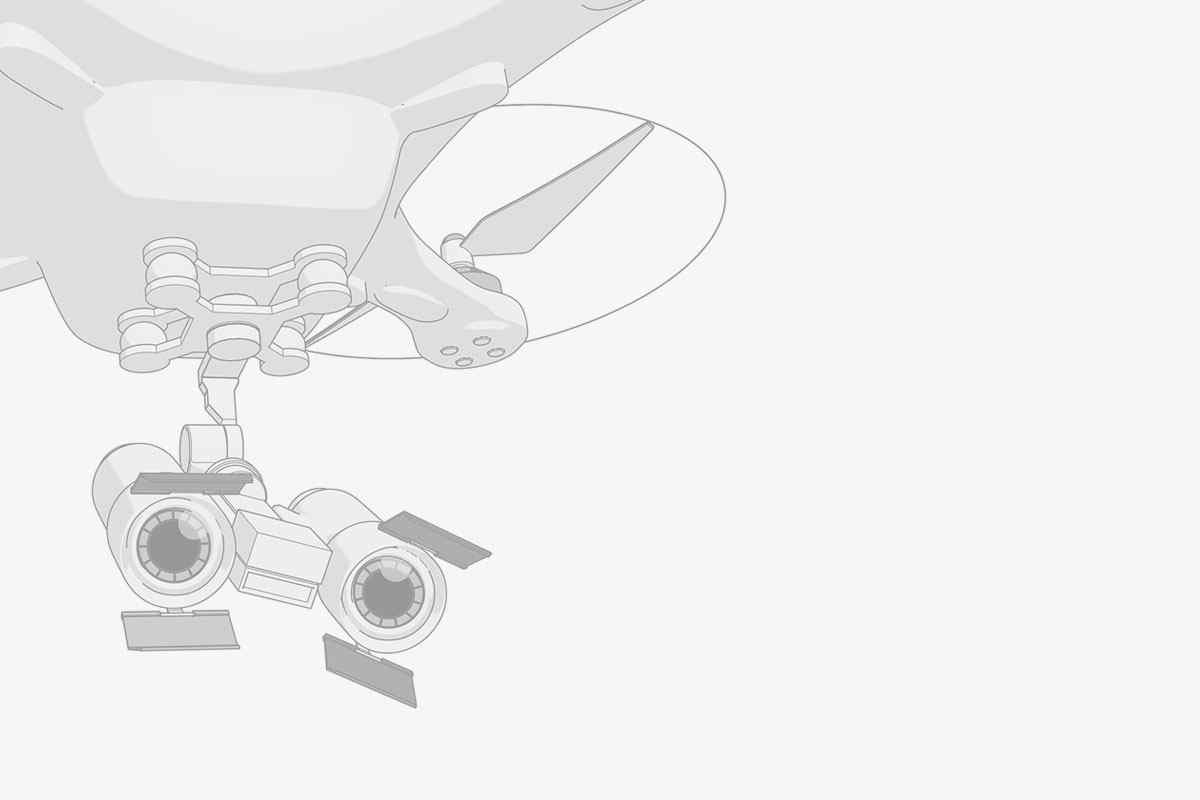
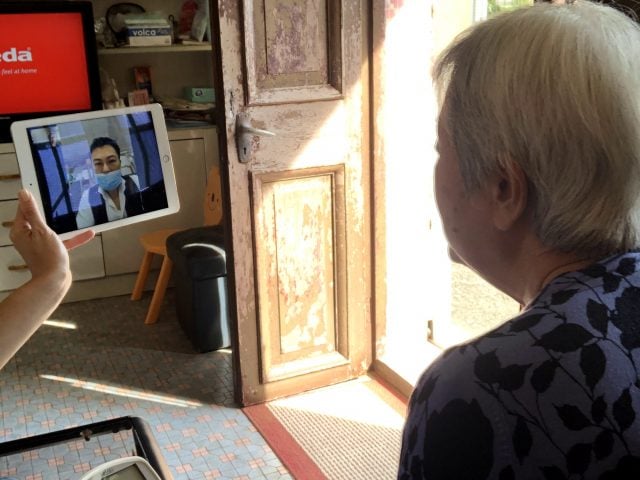
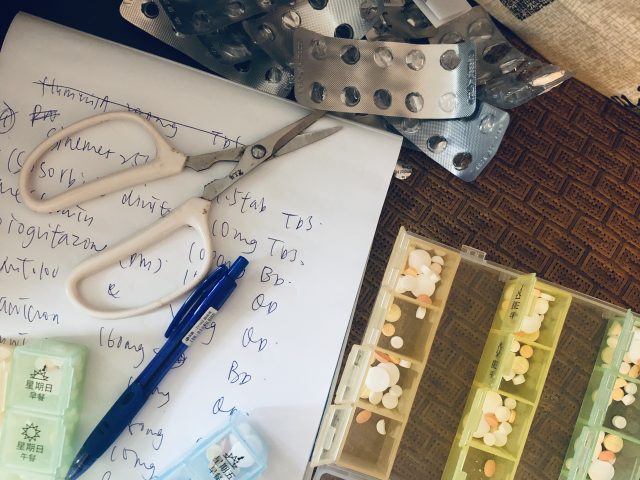

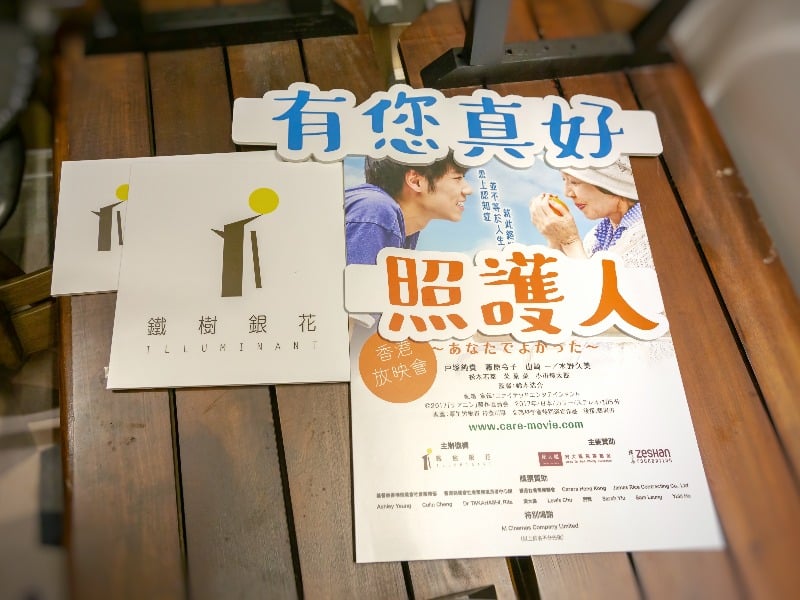
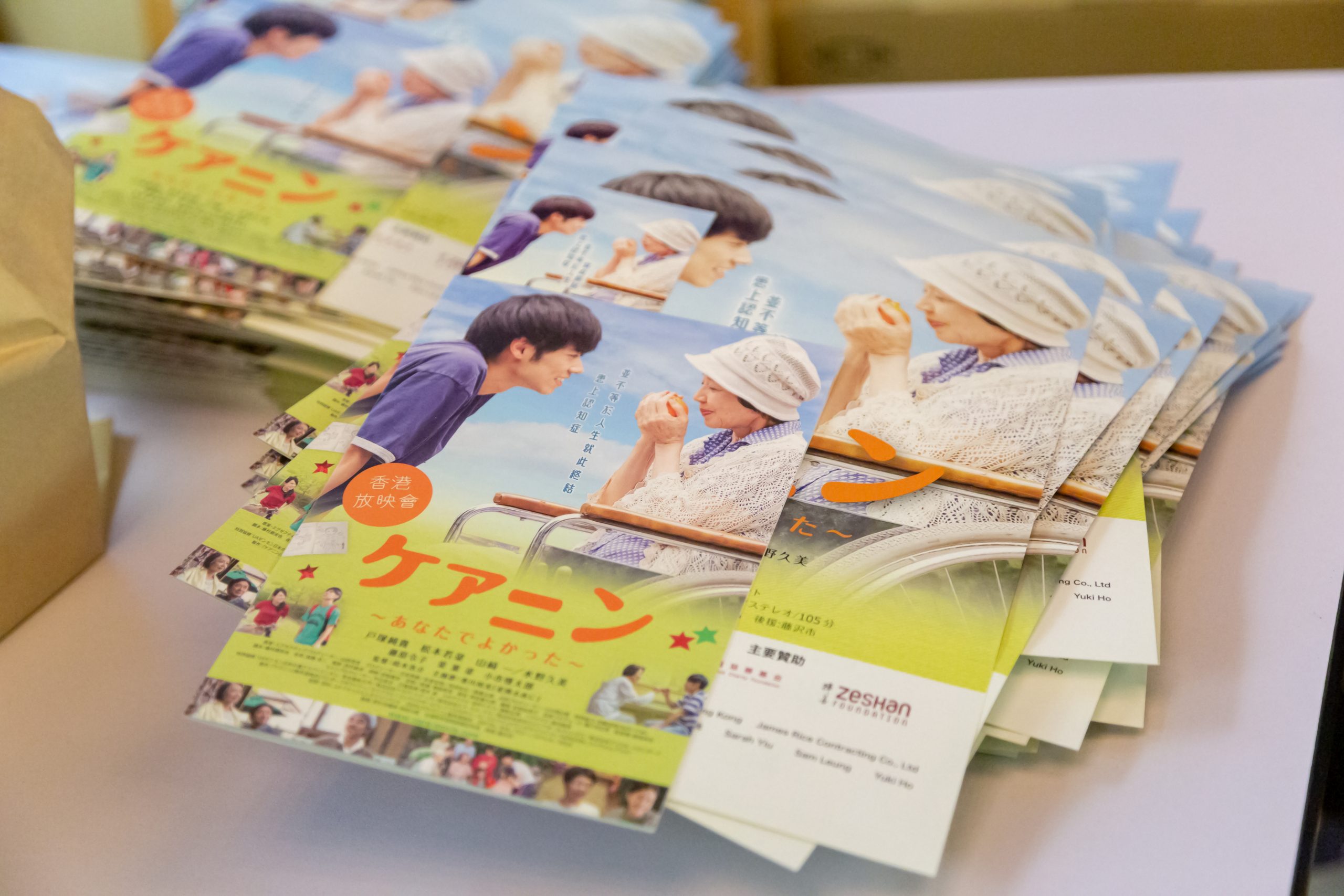
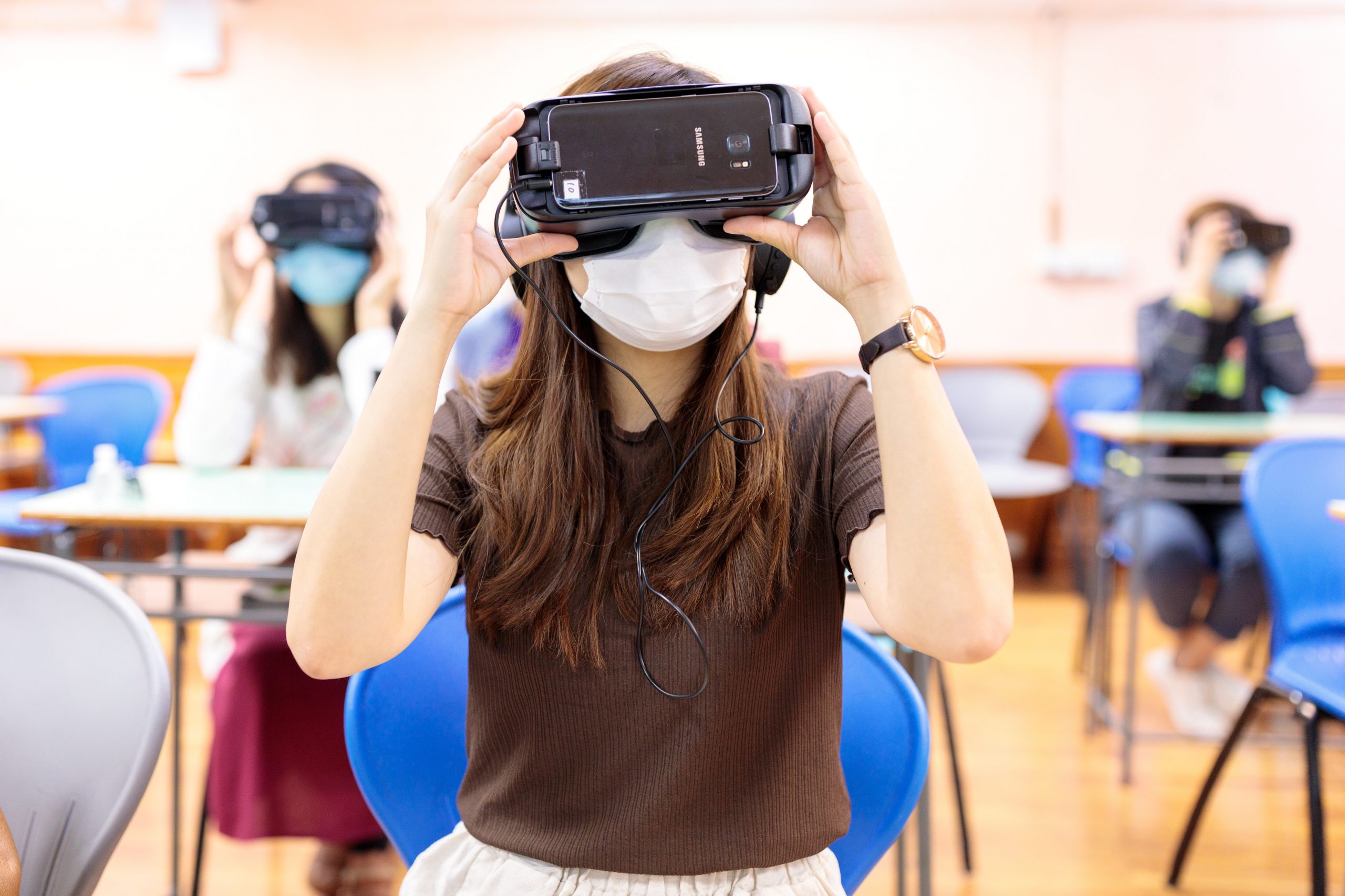
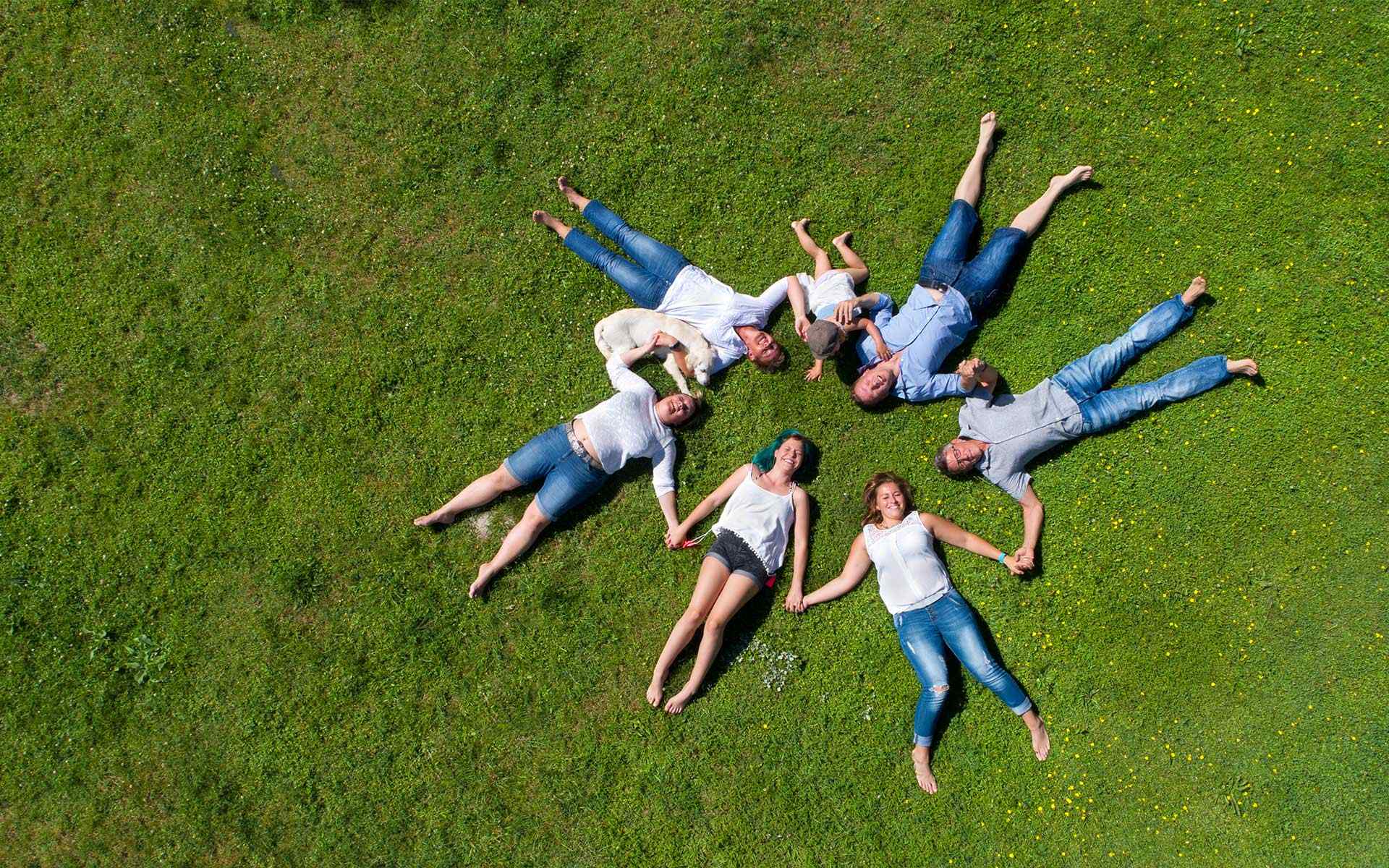

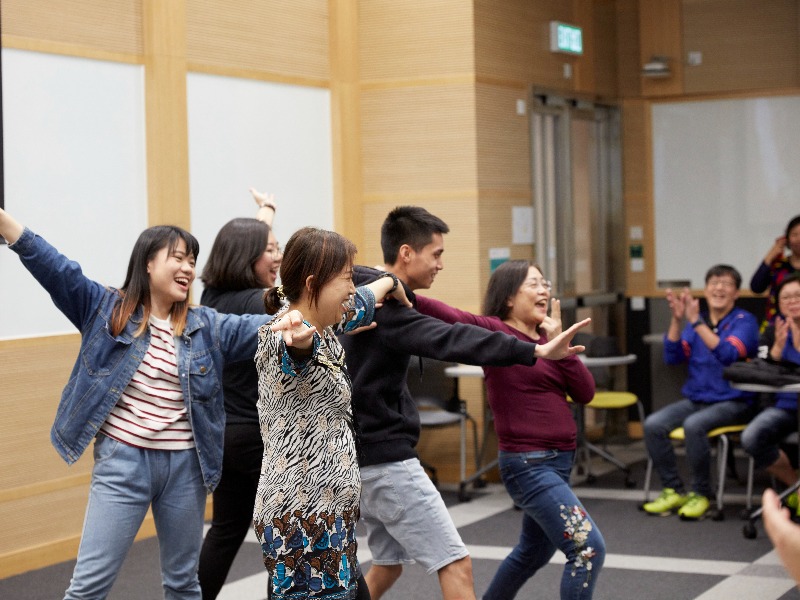
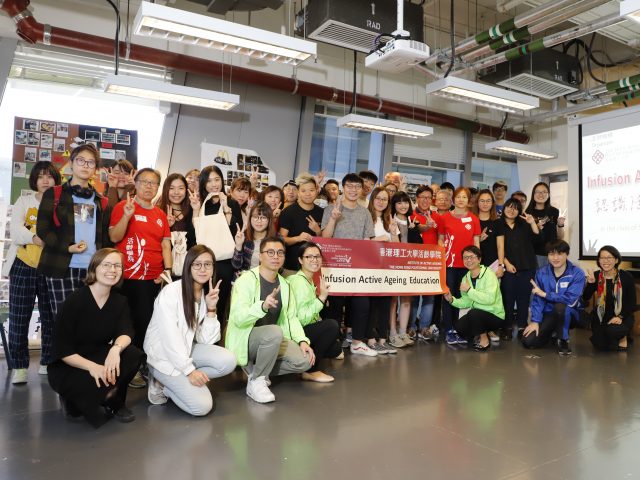
![[CAMPUS 4] Faculty of Law_ Outreach Legal Talks Initiative (OUTLET)_ HKU legal talk small Faculty of Law_ Outreach Legal Talks Initiative (OUTLET)_ HKU legal talk](https://www.zeshanfoundation.org/wp-content/uploads/2021/04/CAMPUS-4-Faculty-of-Law_-Outreach-Legal-Talks-Initiative-OUTLET_-HKU-legal-talk-small.jpg)